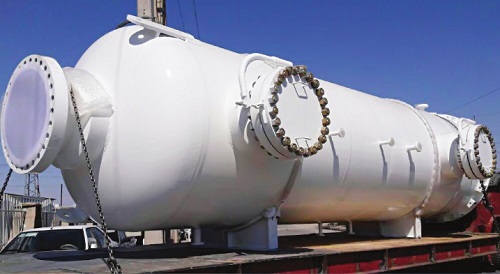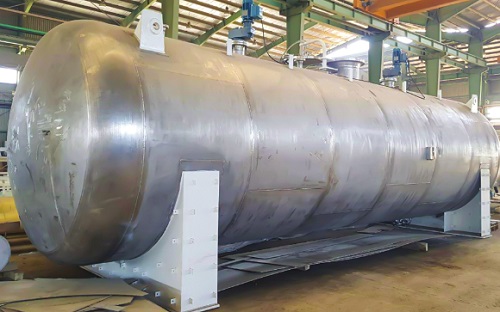Pressure Vessel

Pressure vessels are used in a variety of applications in both industry and the private sector. They appear in these sectors as industrial compressed air receivers and domestic hot water storage tanks. Other examples of pressure vessels are diving cylinders, recompression chambers, distillation towers, autoclaves, and many other vessels in mining operations, oil refineries and petrochemical plants, nuclear reactor vessels, submarine and spaceship habitats, pneumatic reservoirs, hydraulic reservoirs under pressure, rail vehicle airbrake reservoirs, road vehicle airbrake reservoirs, and storage vessels for liquefied gases such as ammonia, chlorine, propane, butane, and LPG. The pressure differential is dangerous and many fatal accidents have occurred in the history of their development and operation. Consequently, their design, manufacture, and operation are regulated by engineering authorities backed by legislation. For these reasons, the definition of a pressure vessel varies from country to country, but involves parameters such as maximum safe operating pressure and temperature.

- Slug catcher (vessel type)
- Separator
- 2phase separator
- 3phase separator
- Filter separators
- Gas scrubber
- Multi gas scrubber
Types
- Reboiler
- Reactor
- Columns
- Towers
- Stripper
- Drums
- Steam drums
- Knock out drum
